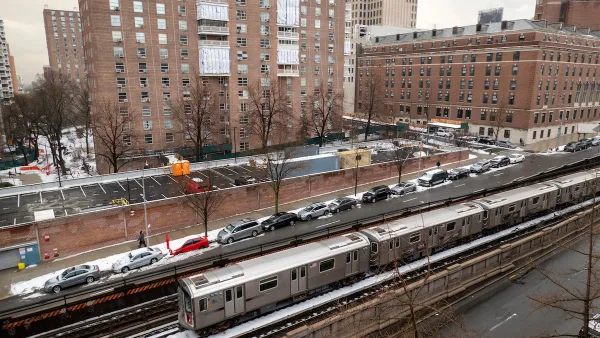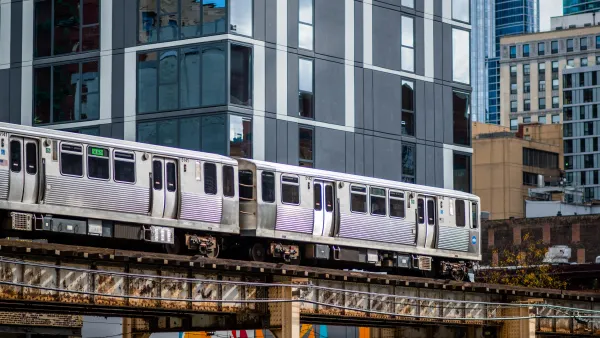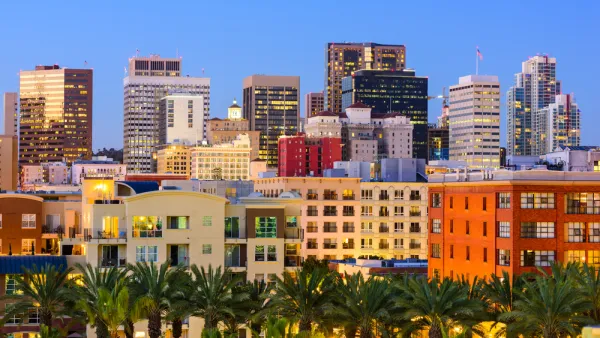Sam Staley argues that the increase in property values around transit stations isn't attributable to increased ridership, and in fact the locations with the least investment had the highest ridership.
"For the most part, property values increase around transit stations. Often, the range of the increases is between 25 to 30 percent higher than the growth non-transit neighborhoods. Unfortunately, these same studies about property values have not examined the underlying causes of these price increases. Despite that, many observers simply assume proximity to transit is the most important factor.
Lots of factors influence private investment, including public safety, access to jobs, quality housing, tax rates, financing, and zoning. Access to transit is likely far down the list compared to these other factors.
A closer look at the numbers suggests that actual transit ridership has little relationship to the private investment around transit stations."
FULL STORY: Ridership no factor in transit-oriented development

National Parks Layoffs Will Cause Communities to Lose Billions
Thousands of essential park workers were laid off this week, just before the busy spring break season.

Retro-silient?: America’s First “Eco-burb,” The Woodlands Turns 50
A master-planned community north of Houston offers lessons on green infrastructure and resilient design, but falls short of its founder’s lofty affordability and walkability goals.

Delivering for America Plan Will Downgrade Mail Service in at Least 49.5 Percent of Zip Codes
Republican and Democrat lawmakers criticize the plan for its disproportionate negative impact on rural communities.

Test News Post 1
This is a summary

Test News Headline 46
Test for the image on the front page.

Balancing Bombs and Butterflies: How the National Guard Protects a Rare Species
The National Guard at Fort Indiantown Gap uses GIS technology and land management strategies to balance military training with conservation efforts, ensuring the survival of the rare eastern regal fritillary butterfly.
Urban Design for Planners 1: Software Tools
This six-course series explores essential urban design concepts using open source software and equips planners with the tools they need to participate fully in the urban design process.
Planning for Universal Design
Learn the tools for implementing Universal Design in planning regulations.
EMC Planning Group, Inc.
Planetizen
Planetizen
Mpact (formerly Rail~Volution)
Great Falls Development Authority, Inc.
HUDs Office of Policy Development and Research
NYU Wagner Graduate School of Public Service





























